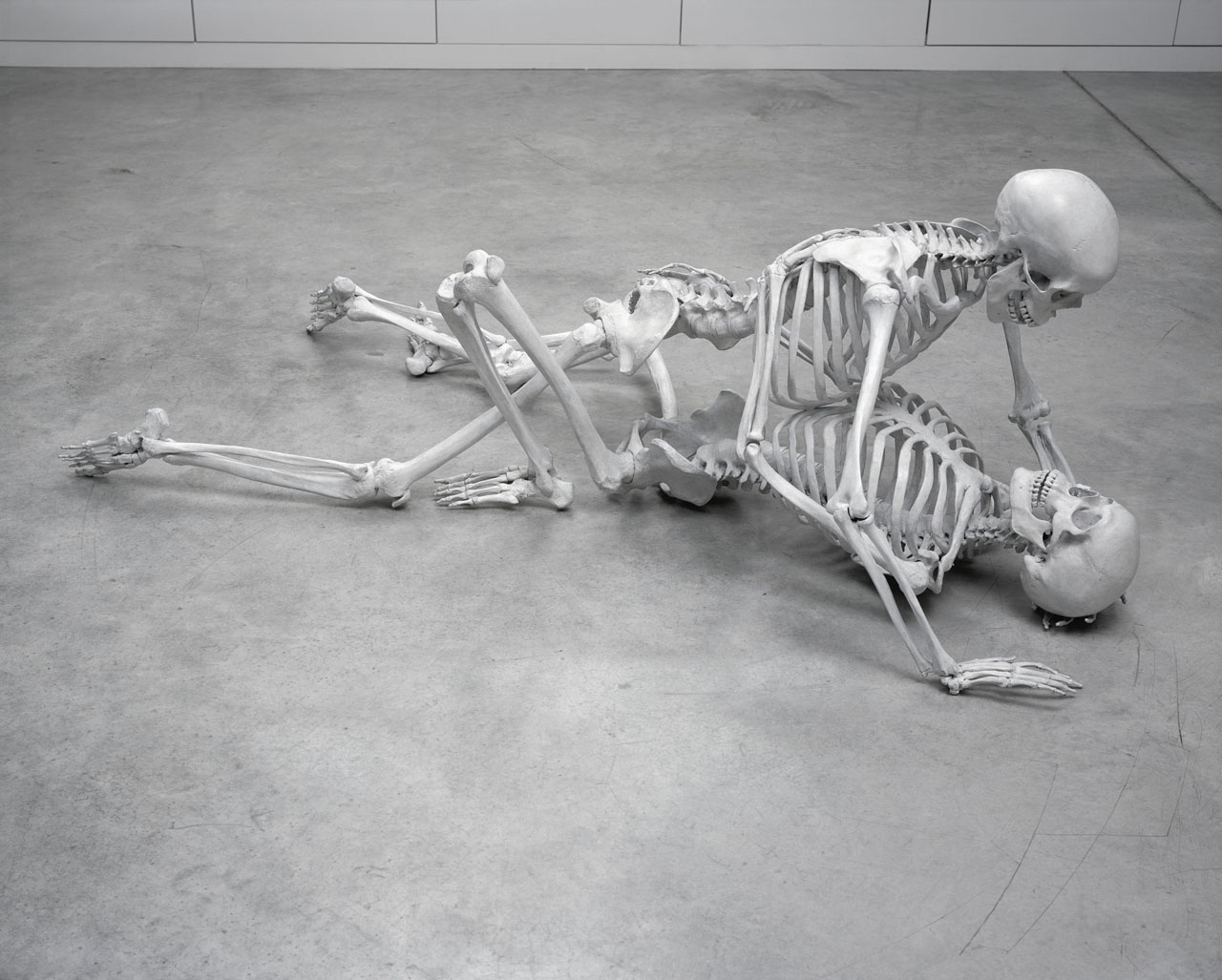
Foundation
Marc Quinn
October 5 → January 6, 2008
Gathering over forty recent works, DHC/ART’s inaugural exhibition by conceptual artist Marc Quinn is the largest ever mounted in North America and the artist’s first solo show in Canada
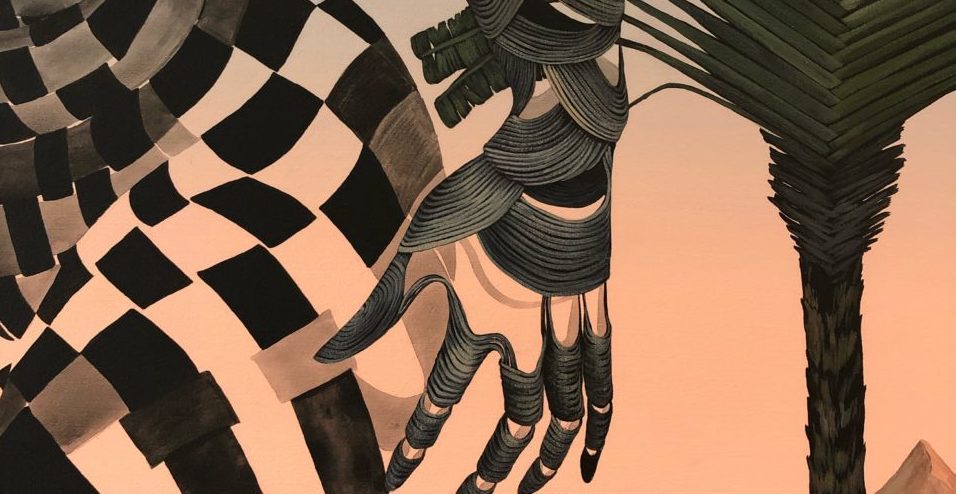
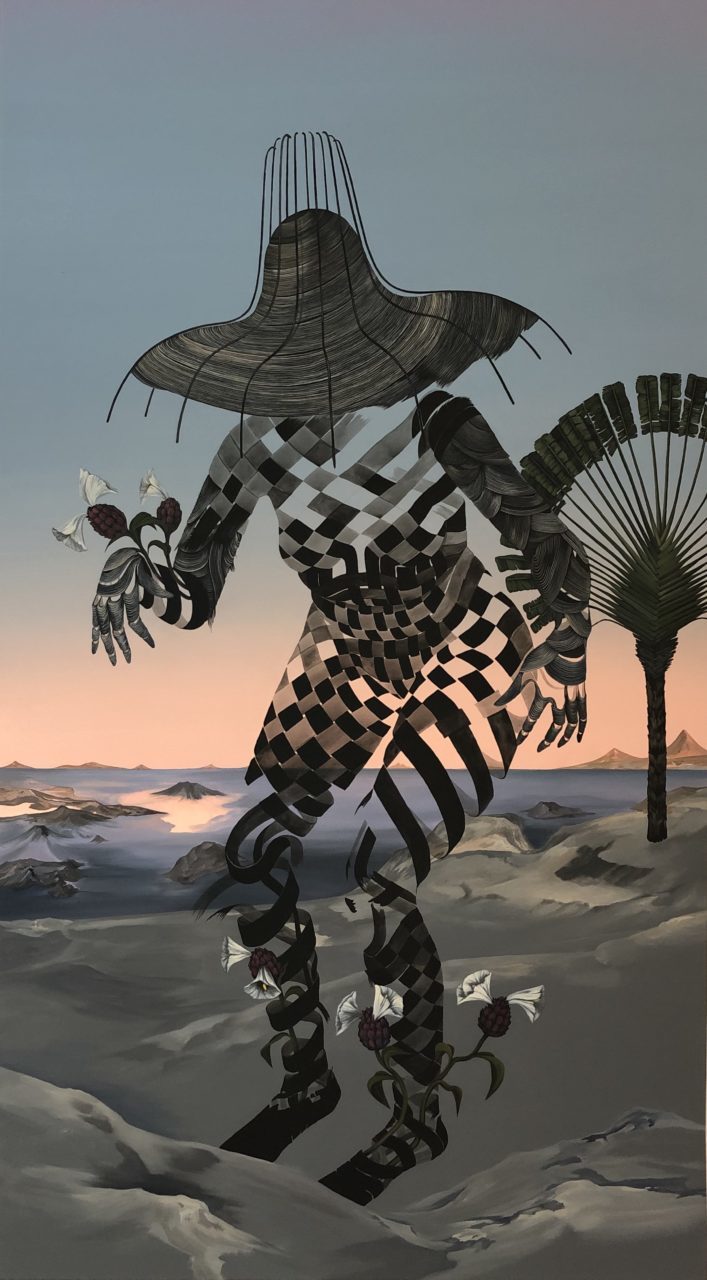
Fulfilling its mission to ensure access to contemporary art and promote inclusivity, the Foundation is committed to nurture meaningful conversations about contemporary art. This spirit of dialogue is expressed in various ways throughout our initiatives and activities, and is highlighted through our educational services when we welcome students, community groups and the general public to our galleries. During the pandemic, we migrated these exchanges online, with various tools and events including our short-video series Movements: RELATIONS, in which we offer theme-centered discussions between the educators, adjunct curators (engagement and public programs) and guests.
Another initiative supporting this mission is the publication RELATIONS: Diaspora and Painting, published on October 29, 2020. This collection features the writings of twenty-seven authors discussing the artworks of the twenty-seven artists showcased in the exhibition. For Cheryl Sim, the exhibition curator, this publication is a manifestation of the curatorial concept of favouring a multiplicity of voices. The authors were chosen by the artists, or by Sim herself. In so doing, she strived to challenge conventionalities and bring to RELATIONS a collective of interdisciplinary authors from the spheres of cultural studies, poetry and art history. For me, this polyphonic publication expands our understanding of what the act of conversation is and can be: writing and reading about art can effectively be understood as a form of discussion.
By curating the short-video Movements: RELATIONS – On “Diasporic Identity,” I had the opportunity to deepen my reflection on this subject. Above all, the spark that ignited my thoughts came from Marissa Largo’s “Subversive adaptations in diaspora — On Marigold Santos’s shroud (in threadbare light)”, one of the essays featured in RELATIONS: Diaspora and Painting. Marissa is an Assistant Professor of Art Education at the Nova Scotia College of Art and Design and a specialist of Marigold Santos' work. In my opinion, her essay raises some fundamental questions: how can the acts of reading and writing on contemporary art—and meditating on the visual artwork accompanying it—be understood as a form of conversation? And why should we conceptualize these three poles in such a way?

I believe that this reading-writing-feeling triad of contemporary artworks comes to life in a lively and improvised dialogue with the otherness of visual and written artworks. It inherently prompts energetic movements of emergence and flowering, of scattered radiance and chromatic crystallization, of uplifting and rooting: we are invited to continuously travel between these dimensions and, for a while, to pause and nest there. The word “converse” comes from Le Petit Robert “converser,” which itself is rooted in the Latin conversari—“to frequent.” Historically, “converser” meant “to live with someone” and “to live somewhere.” Furthermore, when the theme of the essay is contemporary art, the visual artwork enhances the dialogue: I frequent the work, I live with the text that focuses on it, they come to life inside me, I share their exchange, I inhabit this world.
In her essay Invisible Ink: Reading the Writing and Writing the Reading, Toni Morrison interprets the act of reading as an opportunity for the reader to contribute to the text they are reading, as they would for a song: there are the lyrics, the score, and then the performance. “The reader who is ‘made for’ the book is the one attuned to the invisible ink,” she explains. “Invisible ink is what lies under, between, outside the lines, hidden until the right reader discovers it”. [1] This is what RELATIONS: Diaspora and Painting offers to the visitor, to the reader: an opportunity to meet with the invisible ink of artworks and essays. Because for us, along with the RELATIONS exhibition come the visual works, with their own invisible ink, the one that hides in the background of the canvas, the one that exudes from layers of paint, the one that softly radiates at the surface. Each and every one of us finds in them their very own invisible ink.
[1] Toni Morrison, “Invisible Ink: Reading the Writing and Writing the Reading”, The Source of Self-Regard, New York, Alfred A. Knopf, 2019, pp. 347-348.
Author: Marie-Hélène Lemaire
Marie-Hélène Lemaire is Head of Education at the PHI Foundation for Contemporary Art. She holds a Ph.D. in Communications Studies at Concordia University that focuses on developing a movement-based pedagogy for guided group visits in contemporary art exhibitions. Using a feminist pedagogy of embodiment, new materialist and poetic inquiry approaches, she aims to privilege and validate sensorial, sensuous and affective engagements with contemporary art. She has published in The Journal of Museum Education (2021), the Canadian Review of Art Education (2021), and Muséologies (2018). She also nurtures a poetic writing practice for developing, facilitating, and interpreting curricula for guided visits, as well as to express her own personal aesthetic engagements. She is committed to epistemic justice in the arts.

Foundation
Gathering over forty recent works, DHC/ART’s inaugural exhibition by conceptual artist Marc Quinn is the largest ever mounted in North America and the artist’s first solo show in Canada
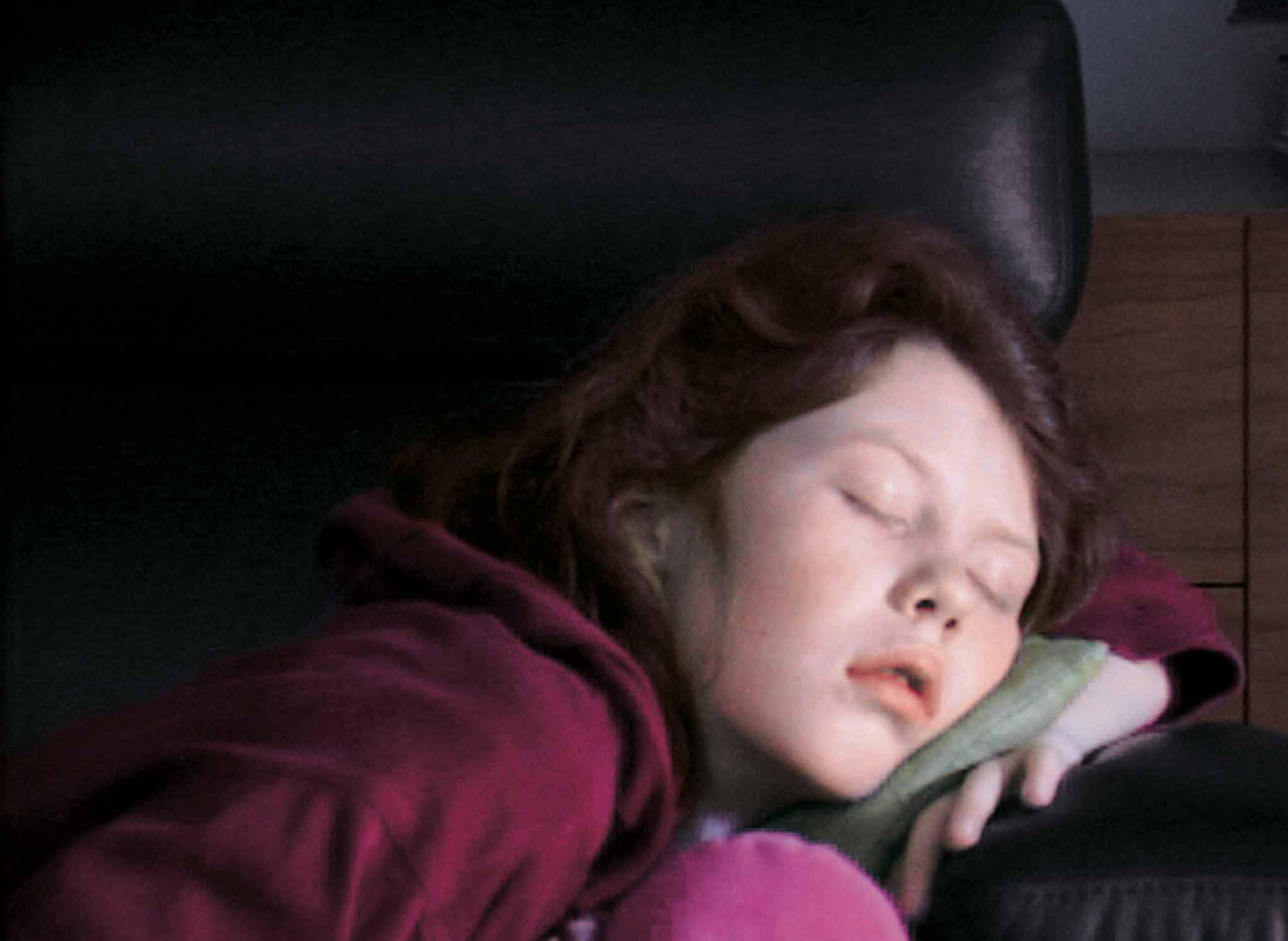
Foundation
Six artists present works that in some way critically re-stage films, media spectacles, popular culture and, in one case, private moments of daily life
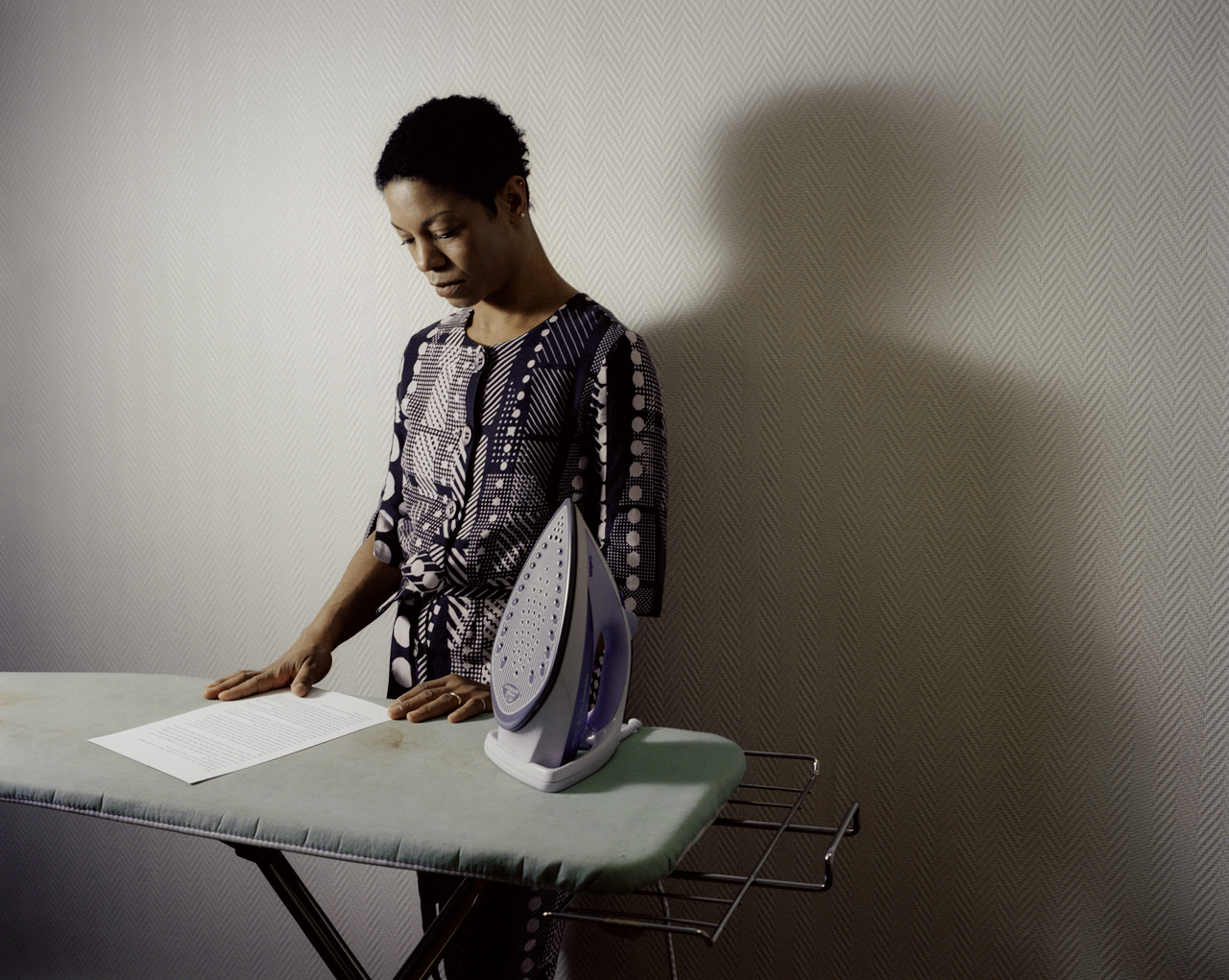
Foundation
This poetic and often touching project speaks to us all about our relation to the loved one
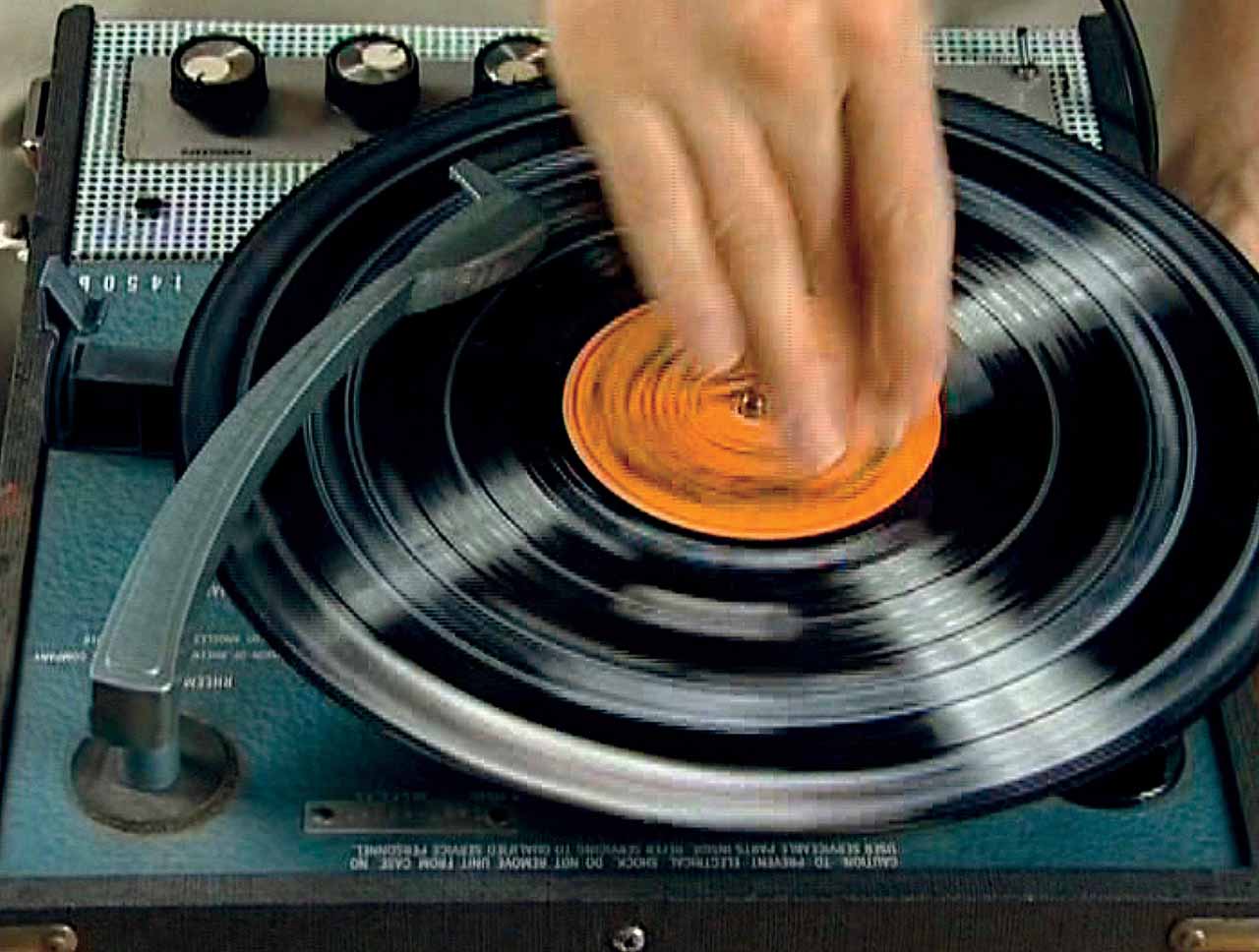
Foundation
DHC/ART Foundation for Contemporary Art is pleased to present the North American premiere of Christian Marclay’s Replay, a major exhibition gathering works in video by the internationally acclaimed artist

Foundation
DHC/ART is pleased to present Particles of Reality, the first solo exhibition in Canada of the celebrated Israeli artist Michal Rovner, who divides her time between New York City and a farm in Israel
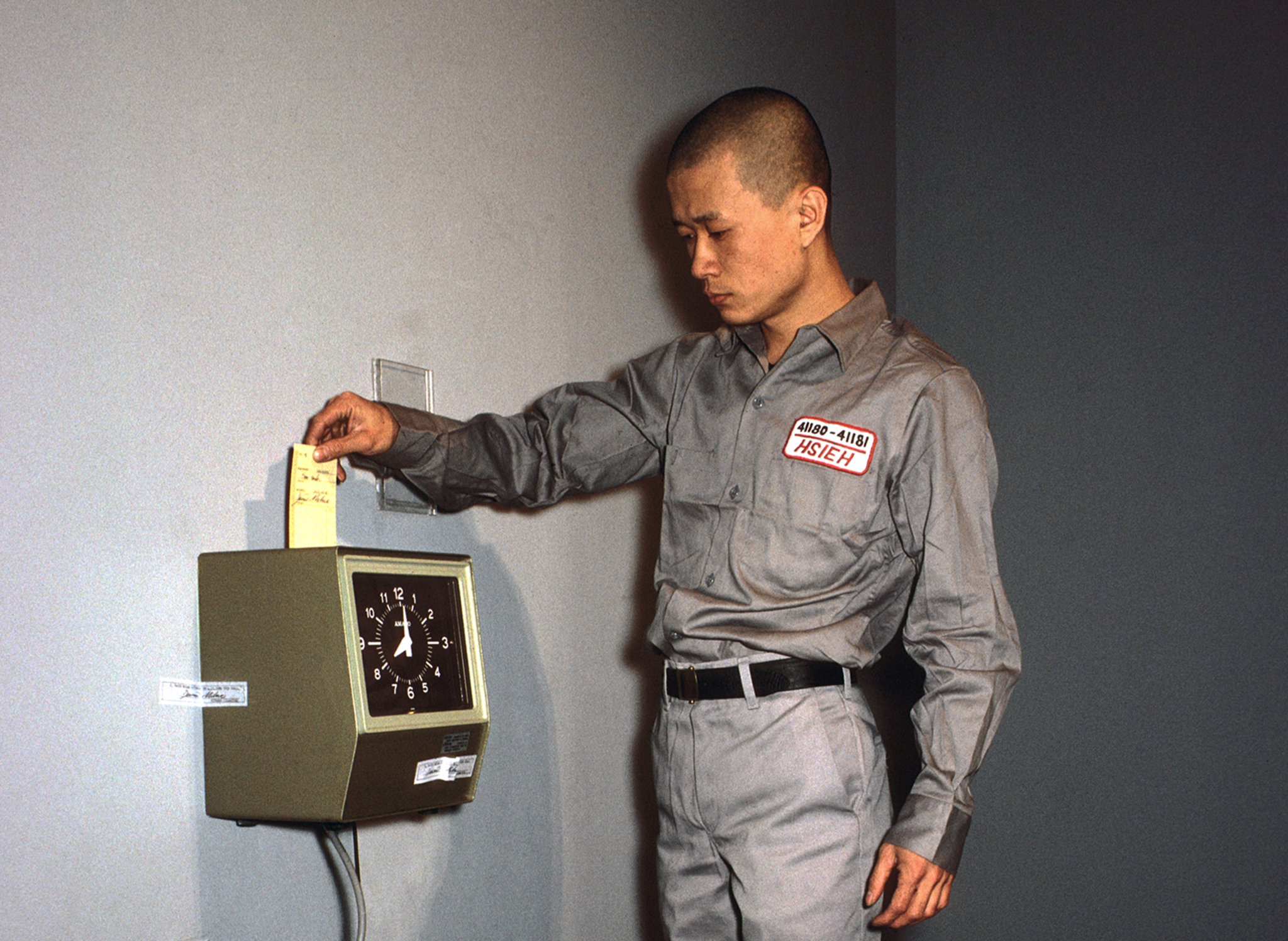
Foundation
The inaugural DHC Session exhibition, Living Time, brings together selected documentation of renowned Taiwanese-American performance artist Tehching Hsieh’s One Year Performances and the films of young Dutch artist, Guido van der Werve
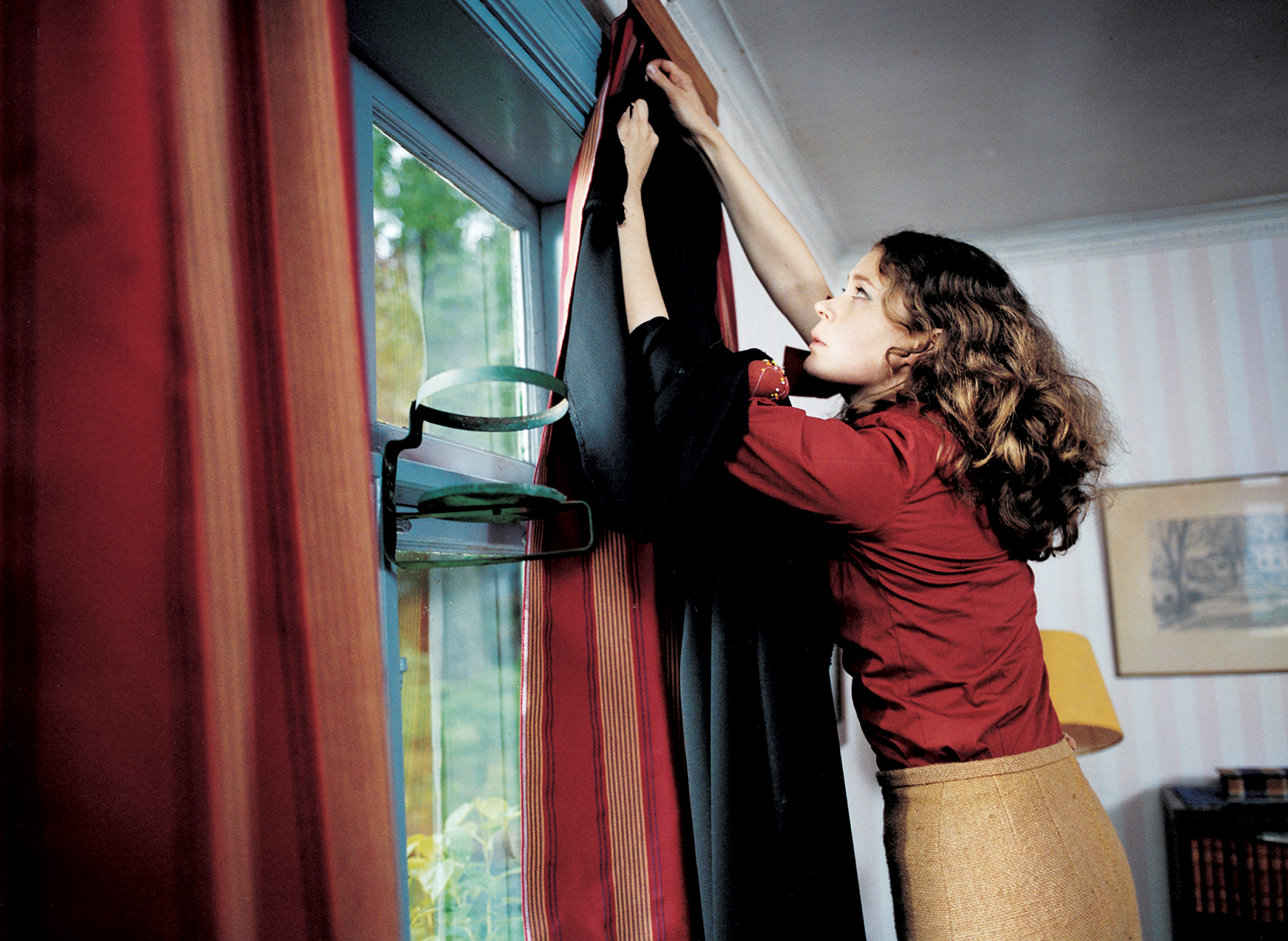
Foundation
Eija-Liisa Ahtila’s film installations experiment with narrative storytelling, creating extraordinary tales out of ordinary human experiences
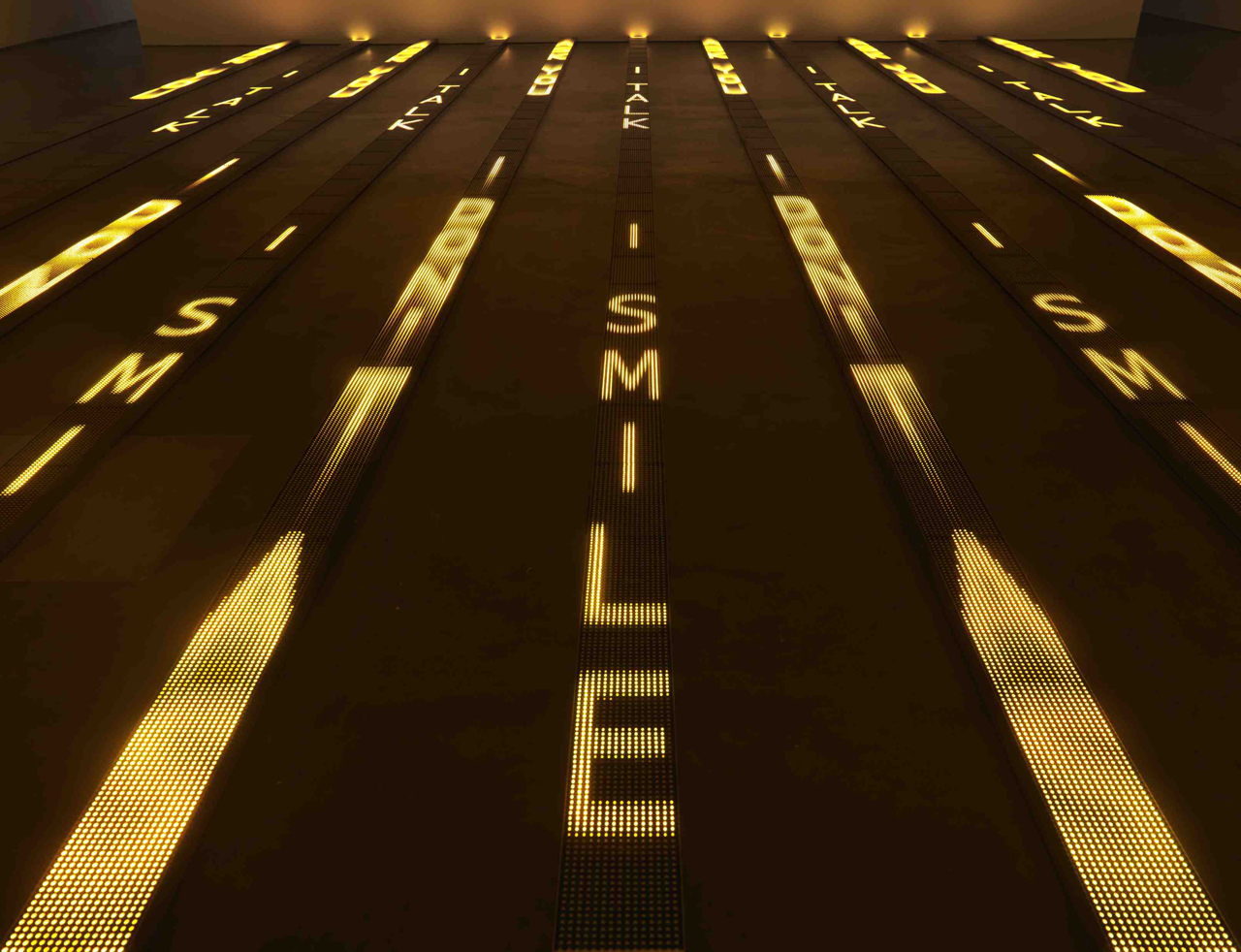
Foundation
For more than thirty years, Jenny Holzer’s work has paired text and installation to examine personal and social realities